Echinacea is a perennial herb native to North America and closely related to the daisy family. The root of echinacea grows between 4-12 inches (10-30 cm) in length and is a deep brown or purplish color with a thick inner layer and a lighter-colored outer layer.
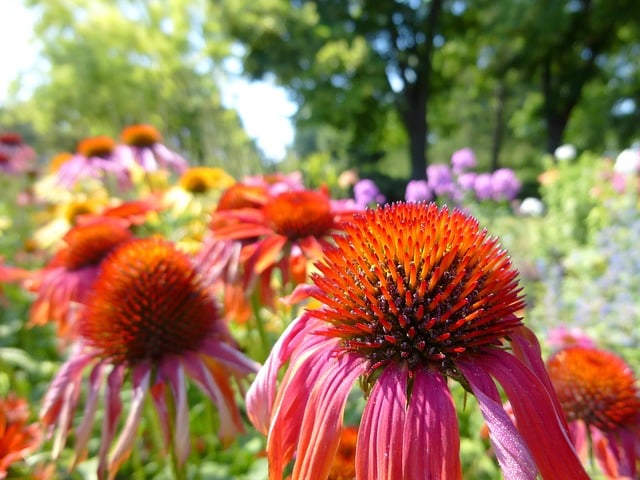
Growing Tips
Echinacea is a popular medicinal herb, but its flowers also have a long history in herbalism. Purple coneflower, the most common variety of echinacea, is named for its striking petal color. The plant is also prized for its ornamental blooms.
Echinacea is an easy-to-grow both from seed, transplants, or by division of established plants. This hardy plant thrives in most conditions with little attention.
Echinacea likes full sun but does well in light shade. Shade yields more vibrantly colored flowers in hot climates
Tips for Using & Storing Echinacea
You can use flower petals and leaves, as well as to make herbal tea or tincture.
Harvest both the leaves and flowers as soon as the flowers begin to bloom. Snip each stem right above the bottom set of leaves. Remove the flower buds and leaves, then discard the stems. Allow drying thoroughly in an interior room. Exposure to sunlight can reduce the efficacy of echinacea after cutting it. Any remaining moisture can also lead to mold.
Harvest the roots in the fall after the foliage has turned brown. Dig up the amount you need, but leave plenty for next year's growth. Wash thoroughly and allow to dry for several days on screens. Weight loss during this process is significant. Plan for 3⁄4 of the volume to be lost.
Keep your dried plant matter in a glass jar in a pantry or cupboard until ready to use.

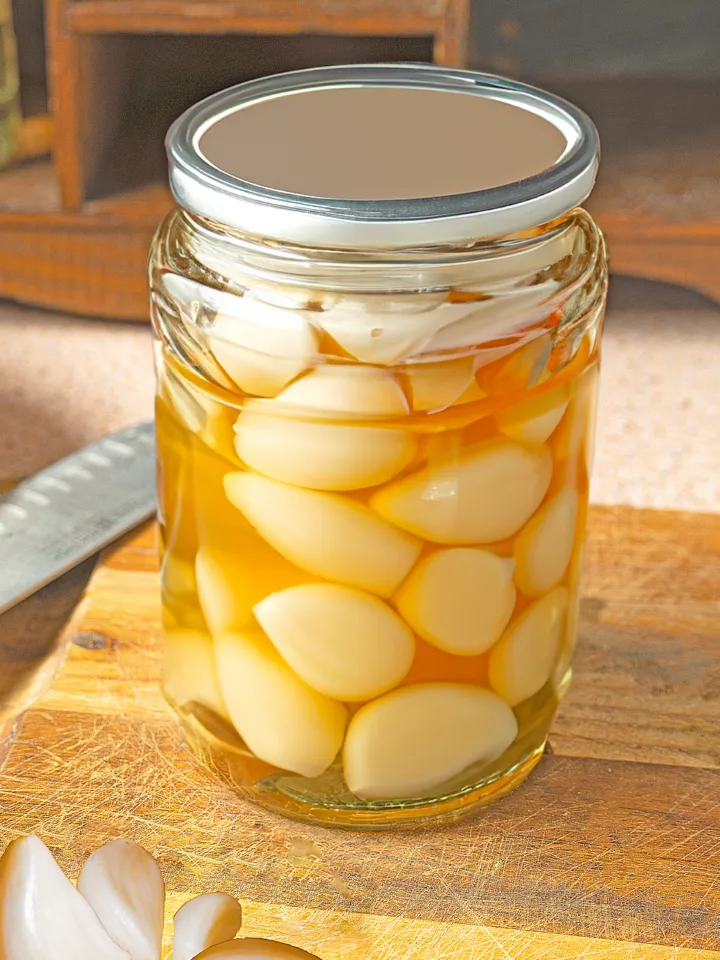
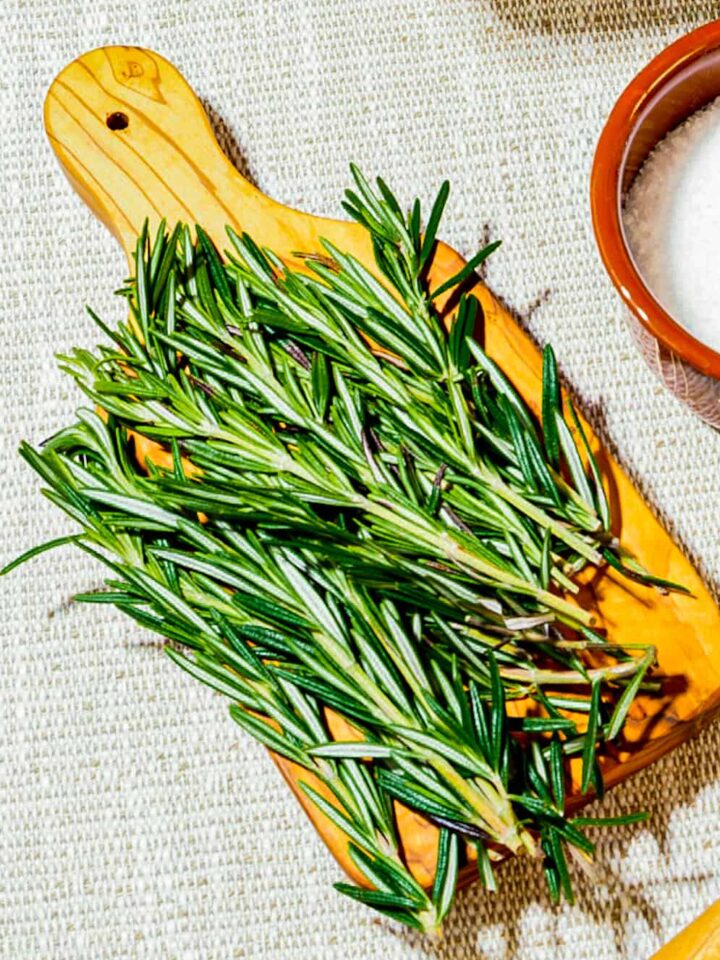
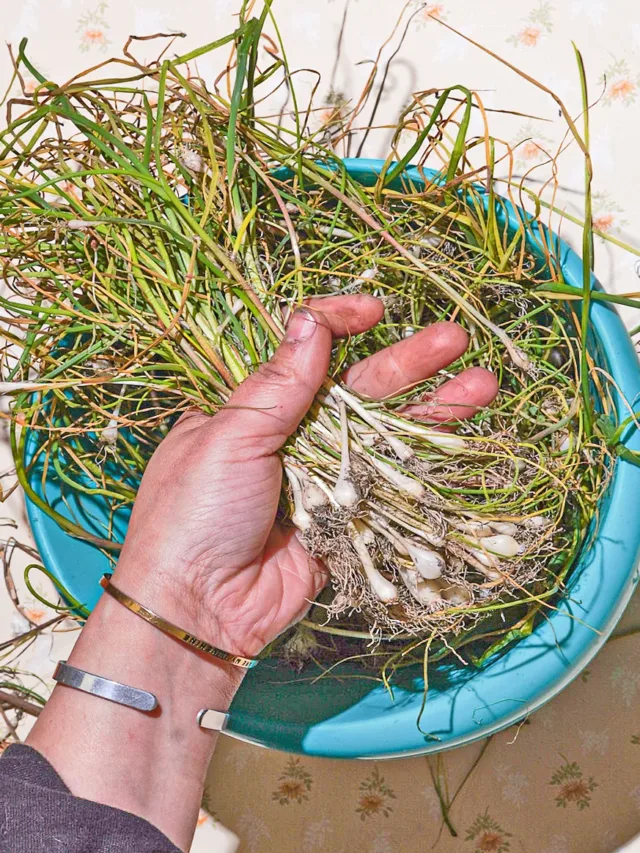
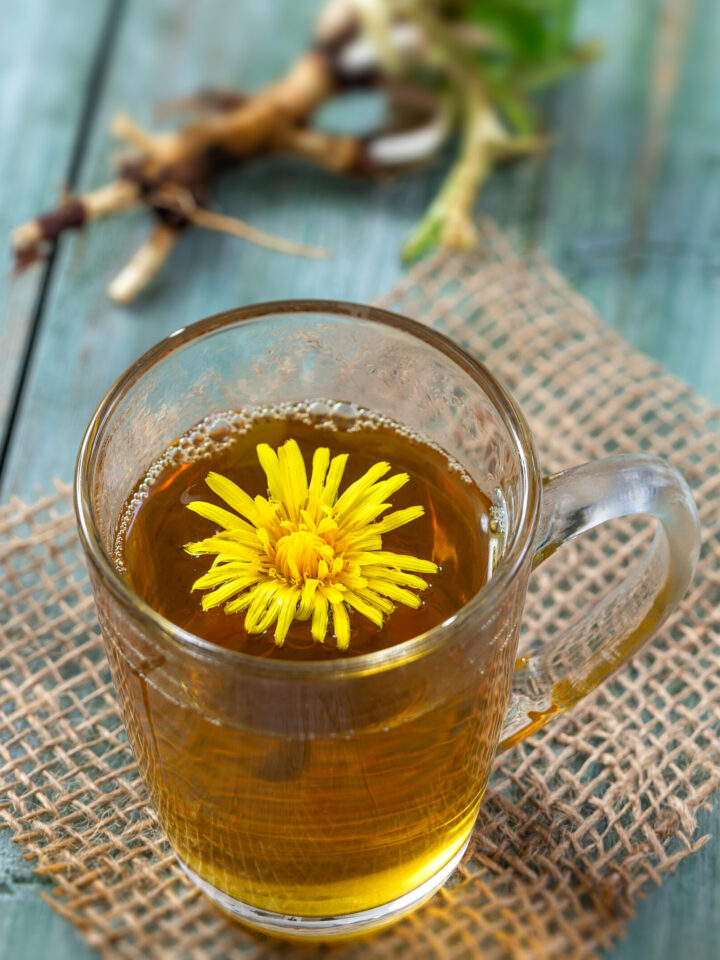

Comments
No Comments